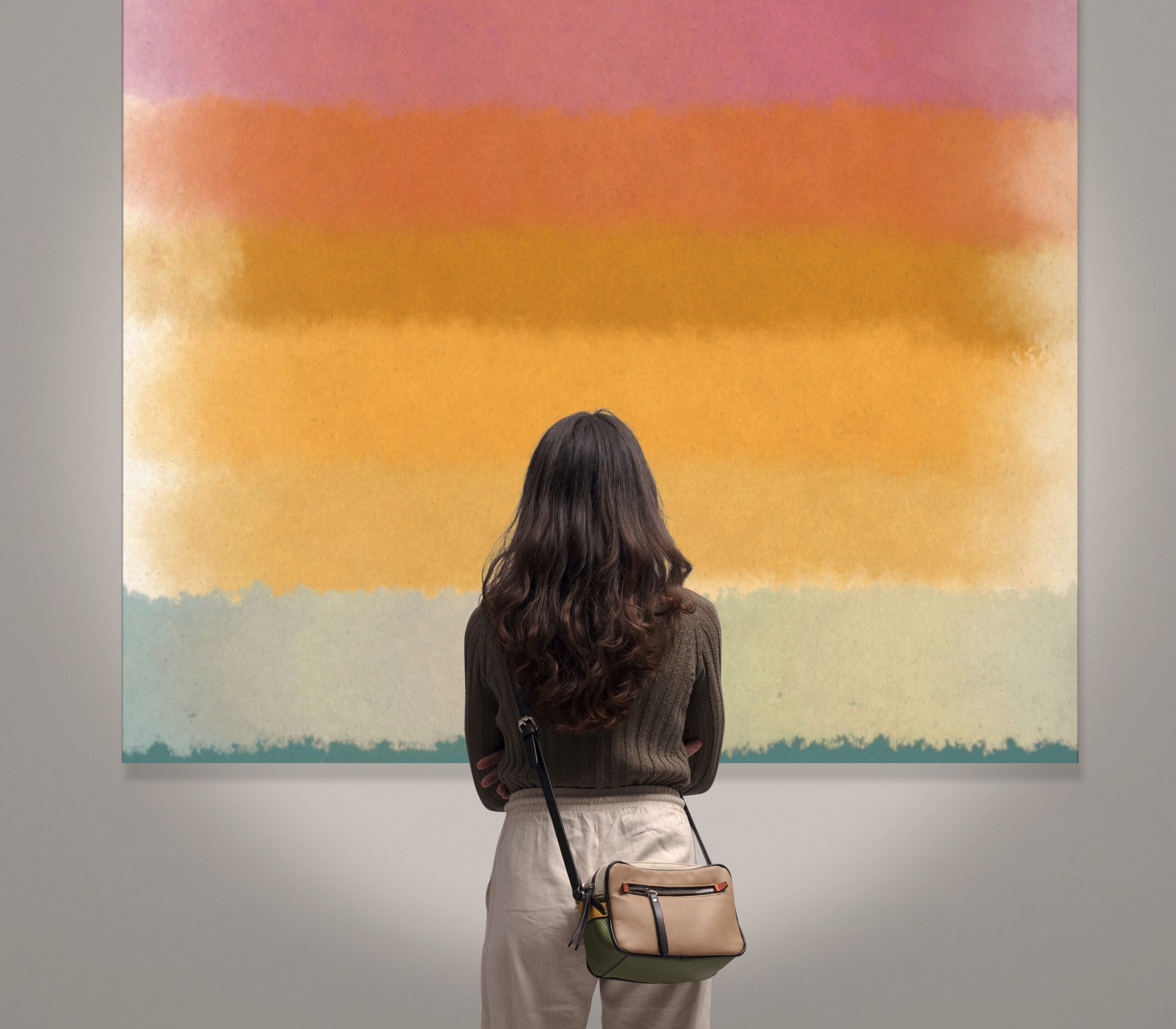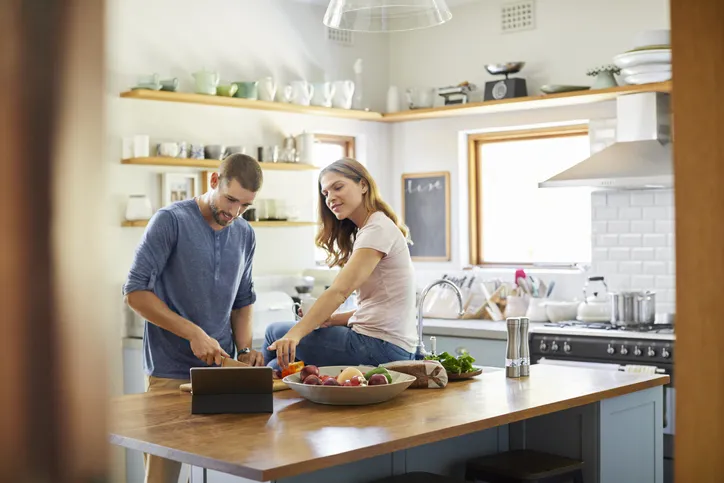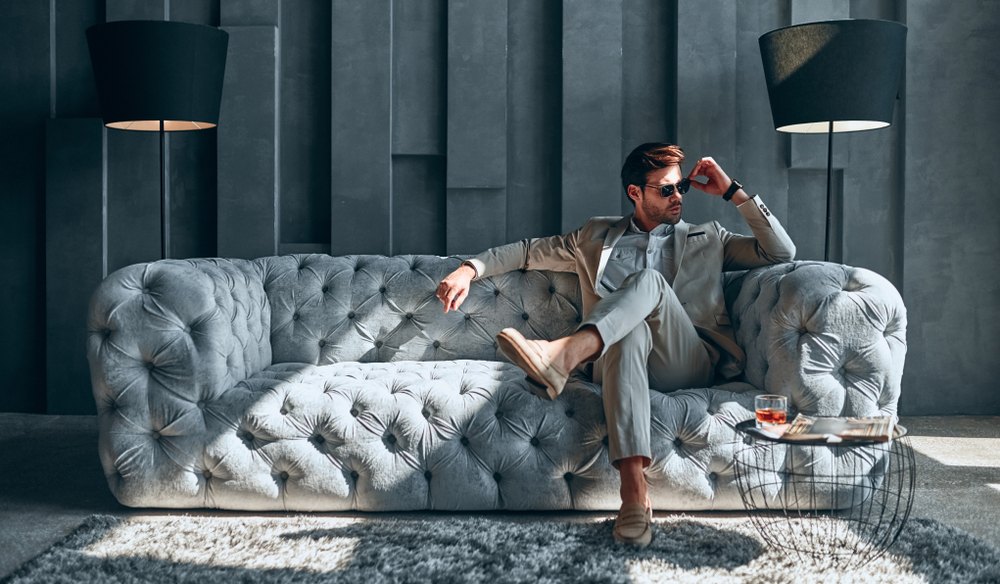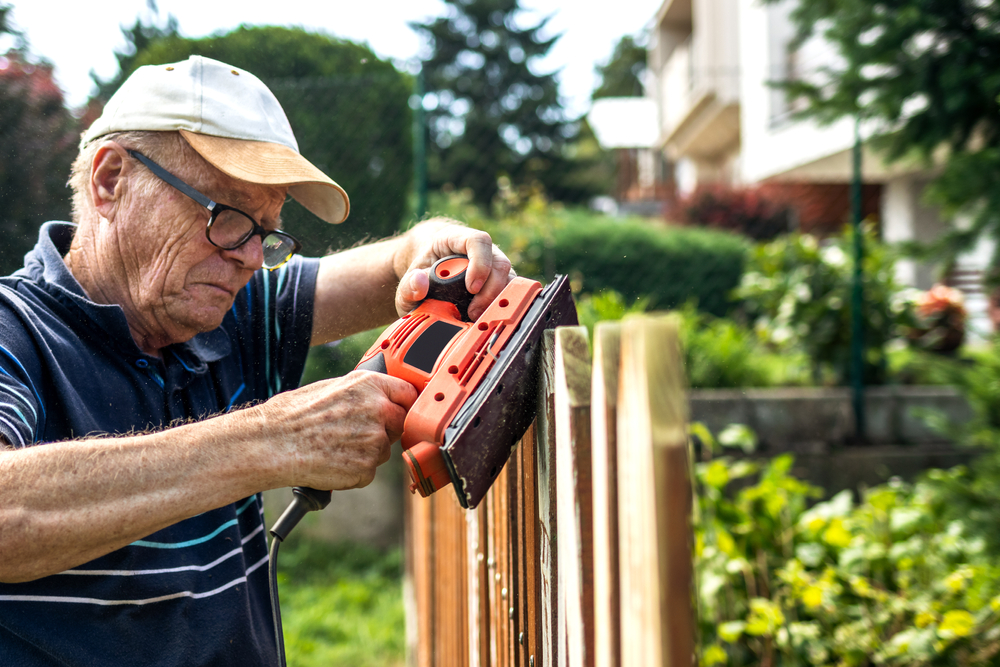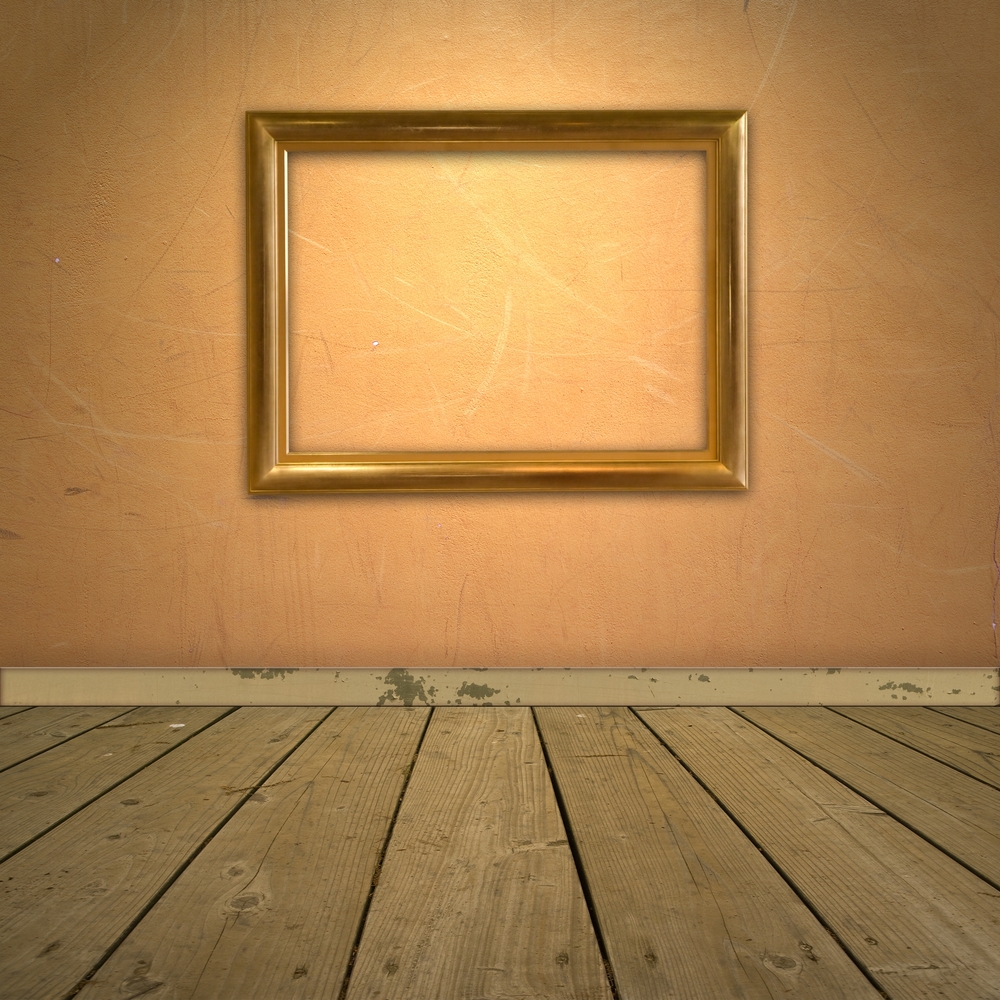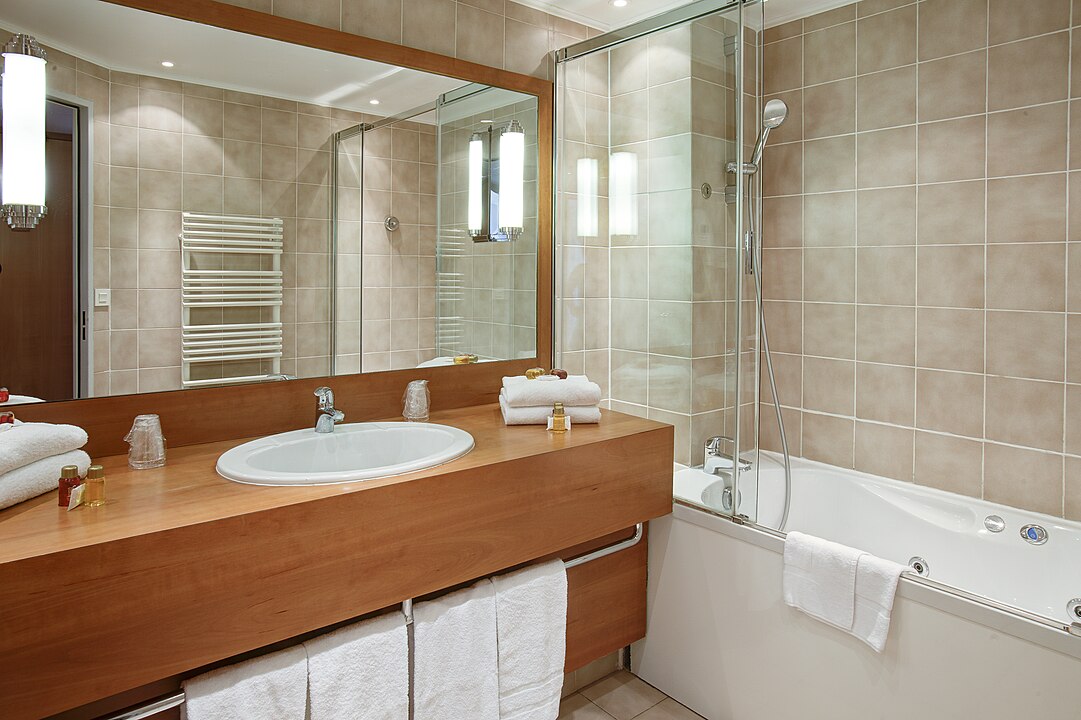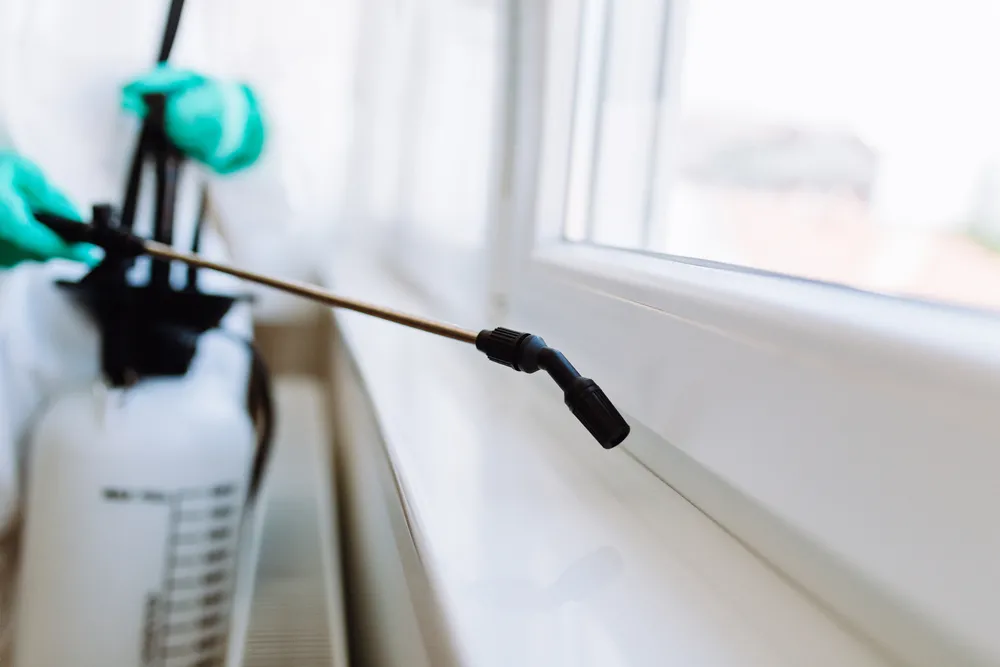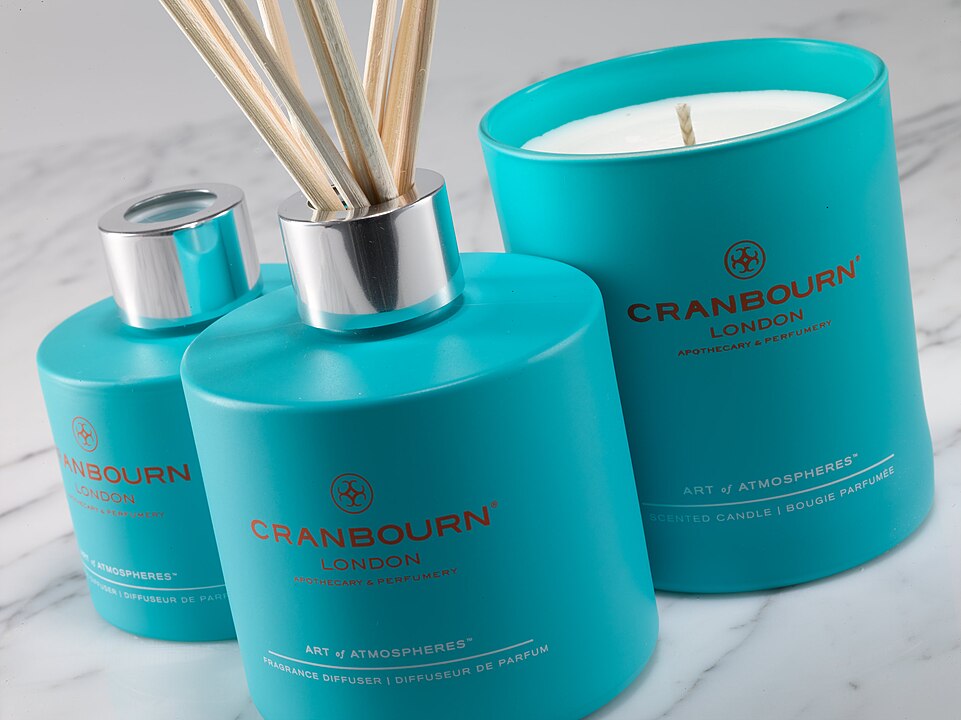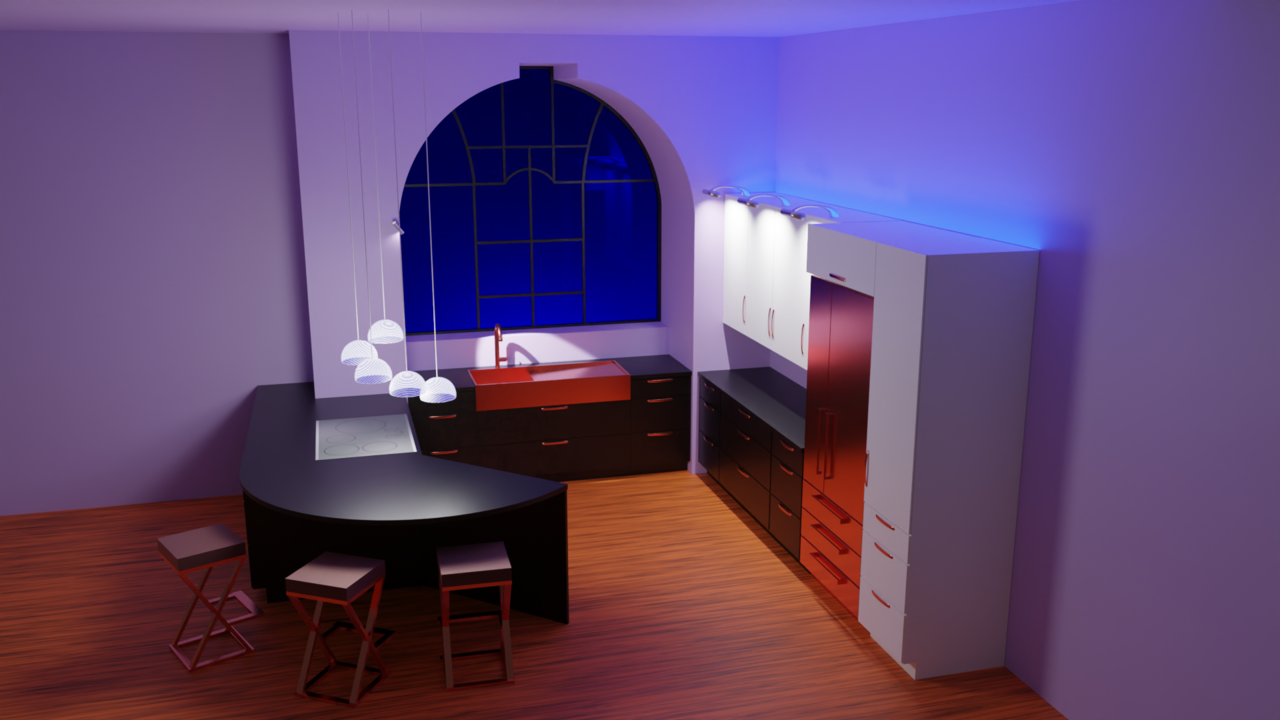Boosting the value of your home doesn’t always require a renovation budget that breaks the bank. Subtle design choices can completely shift how your space feels—and what it’s worth. Whether you’re looking to sell or simply want your home to feel more refined and elevated, the right tweaks go a long way. Here are 14 smart, affordable design upgrades that make a surprisingly big impact.
1. Upgrade Your Light Switch Plates
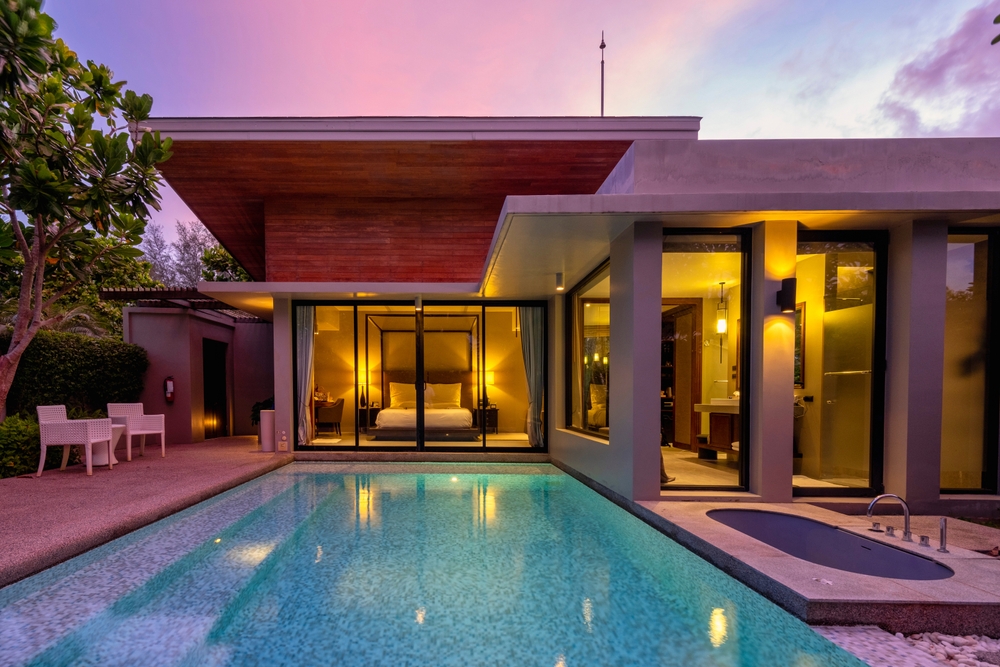
Light switch plates are one of those small design details that most people ignore—but they can instantly cheapen or elevate a space. The standard white plastic plates often yellow over time and visually clash with modern interiors. Swapping them for matte black, brushed brass, or even wooden plates creates a polished, thoughtful look. It’s like giving your walls a pair of designer sunglasses—subtle, but undeniably chic.
The cost is minimal (you can find stylish options for under £5 each), and installation takes just minutes with a screwdriver. According to House Beautiful, replacing light switch plates is a quick and affordable way to enhance your home’s aesthetic. Consider pairing the new plates with dimmer switches to give each room mood flexibility.
2. Embrace Oversized Art
Contrary to what you might expect, one large piece of art often makes a room feel more luxurious than several small ones. It creates a visual anchor, reduces clutter, and gives the space an intentional, gallery-like feel. You don’t need to spend thousands—many online platforms offer printable downloads or affordable canvas options that look like they came from a boutique.
The key is scale: oversized doesn’t mean massive, but it should dominate the wall it sits on in a bold but balanced way. According to Merritt Gallery, oversized art creates a striking focal point that enhances the grandeur and depth of any room. Try positioning a single large artwork over the sofa or bed for maximum effect. Abstracts or muted landscapes tend to add value because they’re neutral but still expressive. This upgrade communicates confidence in your taste and helps potential buyers imagine themselves living stylishly in the space.
3. Swap Out Cabinet Hardware
Nothing dates a kitchen or bathroom faster than builder-grade knobs and handles. The good news? Replacing hardware is incredibly affordable and can completely transform a space’s vibe. Brushed brass, matte black, and minimalist handles are currently leading the pack for timeless elegance.
Don’t be afraid to mix finishes if you’re confident in your aesthetic—just be consistent within each room. According to Bob Vila, swapping out cabinet hardware is an easy and budget-friendly way to refresh your kitchen or bathroom without major renovations. Measure existing holes to avoid re-drilling, and choose hardware that complements your cabinetry rather than competing with it. This small investment adds instant visual weight and polish, making people pause and notice the subtle transformation.
4. Paint Just The Interior Doors
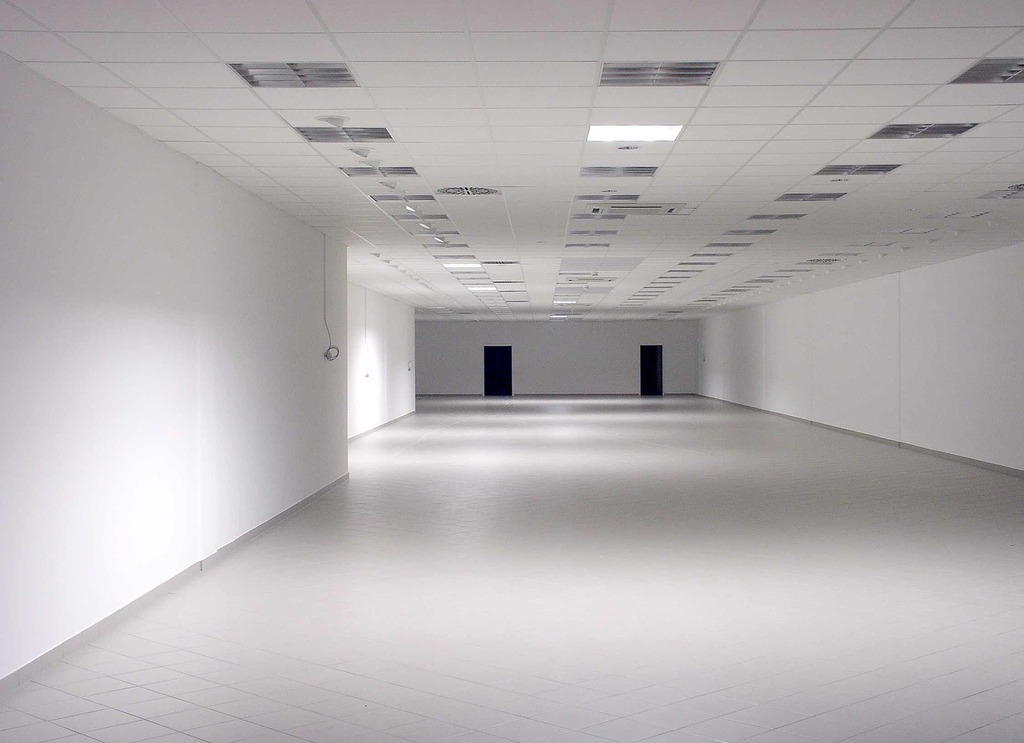
Forget full-room repainting—painting your interior doors can create just as much visual drama for less money and time. Deep charcoals, earthy greens, or classic navy add depth and character without overwhelming your space. Best of all, it creates a cohesive look when repeated throughout the home, even if the walls remain neutral.
This trick works especially well in homes with white or beige walls, adding contrast and intentionality. According to First Call Painters, painted interior doors enhance aesthetics, add personality, and provide a cost-effective way to refresh your home’s design. Choose a durable satin or semi-gloss finish to make cleaning easier and highlight architectural details. Don’t overlook the trim—matching or contrasting frames can add even more sophistication. It’s unexpected, easy to execute, and surprisingly high-impact.
5. Install Statement House Numbers
Your home’s first impression starts before guests even open the door. Replacing generic house numbers with bold, architectural ones instantly signals attention to detail. Choose fonts and materials that match your exterior style—sleek metal for modern homes, brushed bronze for more classic styles.
It’s an upgrade that often costs less than £30 but adds instant curb appeal. You can go even further by backlighting the numbers or mounting them on a wood plank for contrast. This simple swap often gets overlooked but has a disproportionately large psychological impact. Buyers tend to assume that if you’ve taken care of the little things outside, the inside is just as well-considered.
6. Create Built-In Illusions With Paint
Built-ins are universally loved, but they’re expensive and time-consuming to install. The next best thing? Use paint to visually mimic the effect. By painting a section of the wall—like a bookshelf, desk nook, or even a faux headboard—in a contrasting or darker shade, you trick the eye into seeing depth and purpose.
This is especially useful in small or oddly shaped rooms where furniture can’t do all the heavy lifting. Go bold with colour or stick to tone-on-tone contrast for subtlety. Framing a painted section with moulding or floating shelves can push the illusion even further. It’s strategic design on a budget—and it works.
7. Add Ceiling Medallions Around Light Fixtures
Ceiling medallions are a forgotten gem of old-school design that still packs a punch. These decorative discs—often found in period homes—add architectural character and depth around ceiling lights or chandeliers. They’re inexpensive (starting at around £15) and come in a variety of styles from ornate to ultra-modern.
Pairing one with a pendant or statement fixture instantly makes your ceiling look higher and your lighting more intentional. Paint them the same colour as your ceiling for subtle texture or contrast them in soft metallics for drama. They’re especially effective in dining rooms, bedrooms, or entryways. It’s one of those upgrades that looks expensive but isn’t.
8. Use Vertical Paneling in Small Spaces
Vertical panelling is a clever way to add texture and dimension without overwhelming a space. It draws the eye upward, creating the illusion of taller ceilings and more open rooms. Pre-cut MDF panels or tongue-and-groove planks make this a surprisingly beginner-friendly DIY.
Bathrooms, narrow hallways, or entryways benefit most from this vertical treatment. Paint it a soft neutral or bold hue to match your aesthetic, and top with a picture rail or shelf for bonus charm. Unlike wallpaper, panelling adds a tactile, architectural feel that buyers associate with custom design. It’s a subtle yet transformative move that elevates your interior instantly.
9. Refresh Grout For A Cleaner Look
Old, stained grout can make even a beautiful tile job look tired and neglected. The fix? Grout pens or regrouting kits cost next to nothing and can make your floors and backsplashes look brand new. You’d be amazed how fresh white or contrasting black grout can revive a space.
This upgrade is particularly game-changing in bathrooms and kitchens, where cleanliness translates to value. If you want a trendy edge, consider changing grout colour altogether—charcoal grout on white tile feels current and sharp. It’s a detail few people think to update, but it can radically improve perceived hygiene and style. Think of it as a deep-clean makeover with design benefits.
10. Frame Your Bathroom Mirror
That frameless mirror stuck to the wall? It’s doing your bathroom no favours. Adding a custom frame—or even a stick-on one—turns that basic mirror into a design feature. You can find ready-to-attach kits online or create a DIY version using trim and adhesive.
Choose materials that echo your bathroom’s finishes—wood, metal, or painted MDF—to create cohesion. This small change grounds the mirror and makes the space feel more complete. It adds a boutique hotel vibe without the cost. Plus, it’s renter-friendly if applied with removable options.
11. Upgrade Your Window Treatments
Standard blinds can feel sterile and functional at best. Swap them out for floor-length curtains, bamboo shades, or Roman blinds to soften your windows and elevate your space. Layering sheer and opaque panels adds dimension and allows for better light control.
Mount curtain rods higher and wider than the window frame to make the windows appear larger—this designer trick works wonders. You don’t need custom drapes; many high-street retailers now offer luxe-looking options at accessible prices. Well-chosen window treatments make any room feel more considered, lived-in, and valuable.
12. Replace Outlet Covers With USB-Integrated Plates
Here’s a modern touch that feels high-tech and practical: swap out a few standard outlet plates with ones that include built-in USB ports. They immediately suggest a home that’s up to date and ready for modern life. And they’re easier to install than you’d expect—no rewiring required in most cases.
They work especially well in bedrooms, offices, and kitchens, where device charging happens most. It’s a small detail that speaks volumes to potential buyers and guests alike. For added design points, choose plates in a colour that matches your wall or hardware. Function meets form—and boosts appeal in one move.
13. Introduce Scent With Design Intention
Scent is an underrated design layer that influences how people perceive your space. But instead of plug-ins or sprays, go for visually attractive solutions like reed diffusers, ceramic oil burners, or sculptural incense holders. These act as both scent diffusers and aesthetic objects.
Place them in entryways, bathrooms, or living rooms for maximum sensory effect. Scents like sandalwood, bergamot, and eucalyptus evoke a spa-like calm that subtly increases perceived luxury. Choose vessels that match your decor for cohesion. People remember how a home *feels*, and scent is part of that equation.
14. Use Strategic Accent Lighting
Ceiling lights alone often create harsh, flat lighting. Adding floor lamps, sconces, and table lights introduces layers that feel warm, rich, and inviting. The trick is using lighting not just for function, but to highlight corners, art, or architectural features.
Warm bulbs (2700K to 3000K) offer the most flattering glow and feel expensive. Dimmable options give you more control over mood, especially in the evenings. Thoughtfully placed lighting doesn’t just look good—it creates atmosphere, which is often what seals the deal in a buyer’s mind. And yes, you can achieve it all on a tight budget.
This article is for informational purposes only and should not be construed as financial advice. Consult a financial professional before making investment or other financial decisions. The author and publisher make no warranties of any kind.





